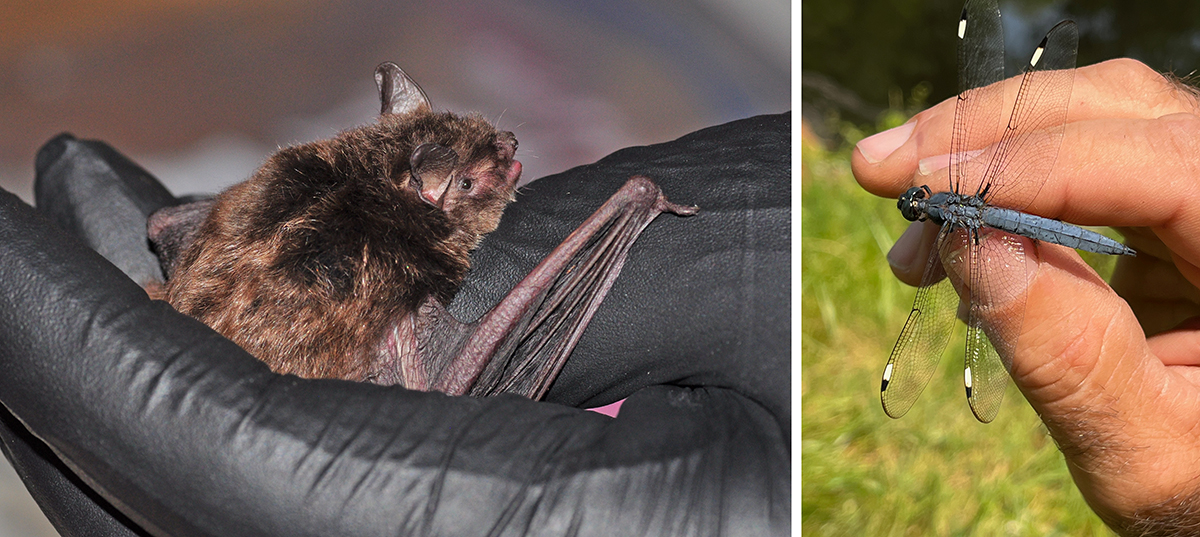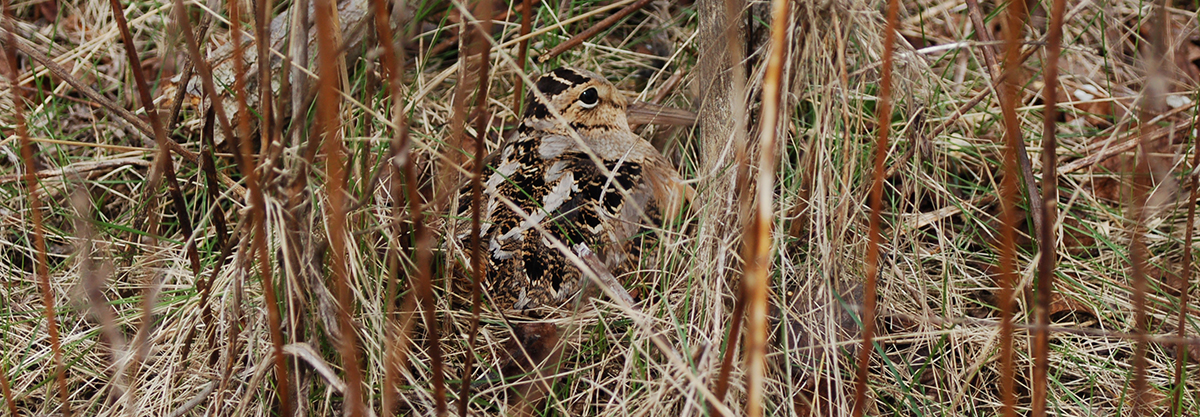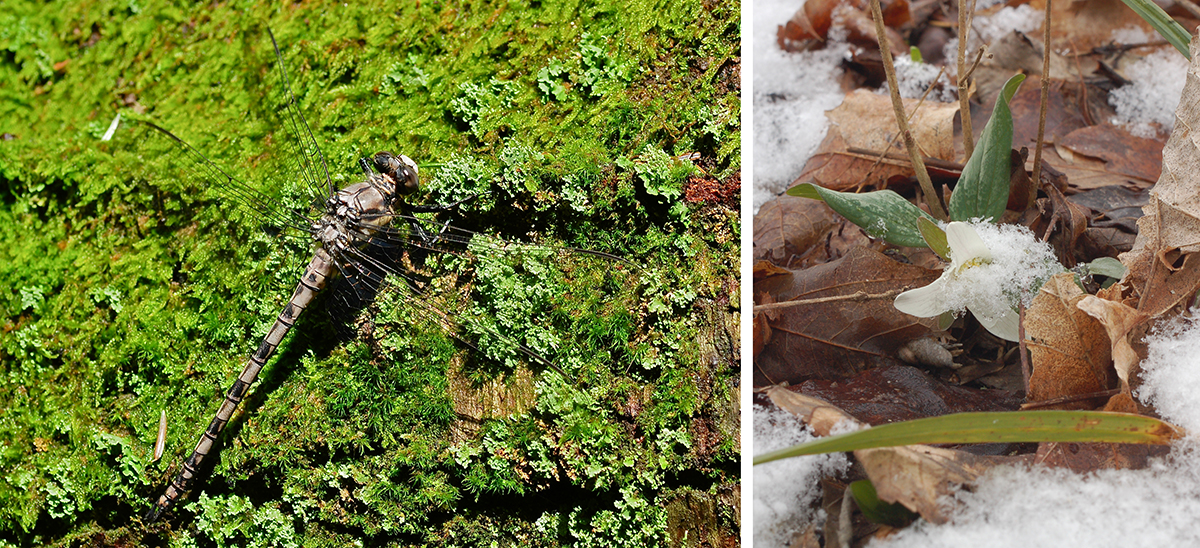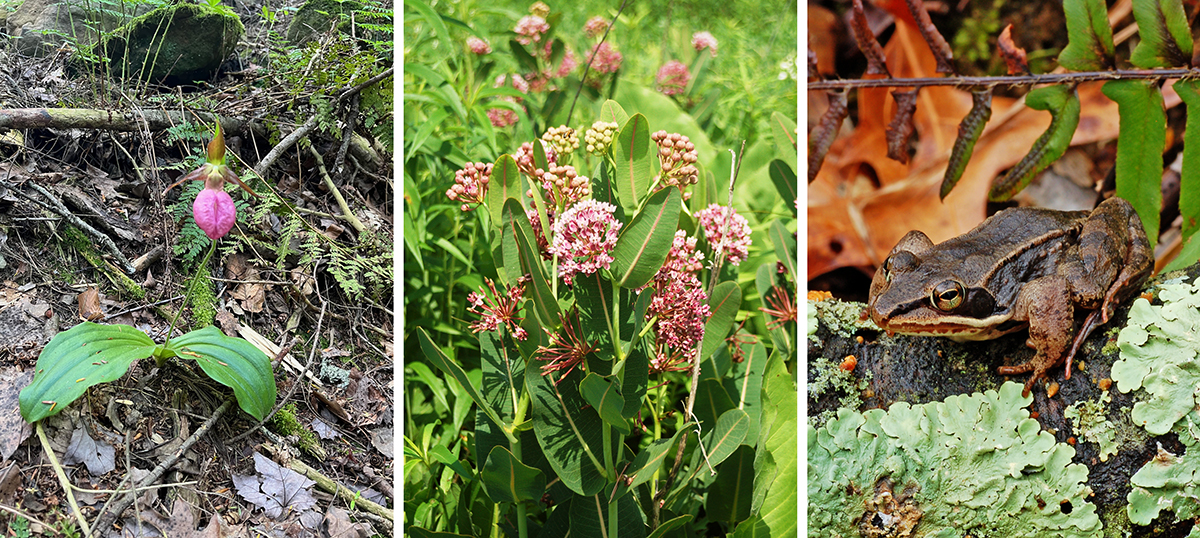ANDREW BOOSE
Aquatic Ecologist

Working in the Metro Parks gives us the opportunity to observe plants and animals on a regular basis. While there are specific surveys that target the likes of birds, bats, butterflies and fish, interesting and rare finds can be made during the normal course of a day. If one keeps an eye open, you may find a new species for a park or even the entire park district.
A good number of recent park records are not attributed to actually looking for a specific species, but rather from stumbling upon a plant, insect or animal that looks different from all the others we see on a regular basis.
With today’s technology, one can take a picture of some new-found critter or plant and have it identified right there on the spot! Though, be careful with those apps — it is a good idea to confirm an id before you get too excited. And do not worry about getting the National Geographic shot of your subject, sometimes a voucher shot is all you will have a chance to get. Take a quick shot and then if your subject allows, go for a better shot.
The woodcock is one of those you get a fleeting glance of as they disappear into the brush. If you find a new record it will be added to the Metro Parks Biotic Survey, the survey of all the known plants and animals found in the parks.

Finding a new record is exciting, unless it is a new invasive plant or insect. While not exciting, it is still a worthwhile observation that needs to be brought to the attention of Resource Management.
While that new record may be exciting, it is a worthwhile endeavor to go back every year to check to see if a species of plant or animal is still there and if it is maintaining itself, increasing in range, decreasing in range, or no longer there. Species such as the grey petaltail and snow trillium return every year, but in such small areas that their existence is tenuous at best.

Orchids are renowned for showing up for a couple of years in a location and then disappearing for years, only to reappear again for no apparent reason. Sullivant’s milkweed was only in a few small populations at Battelle Darby Creek until a larger stand was located at Sharon Woods. Some species come and go as the landscape changes. Reforestation sites that start from agricultural fields will experience a large array of species as the site goes from bare soil to deep woods. The wood frog population at Rocky Fork has expanded from one small area to restored vernal pools in the woods and old fields.

If you continue working and or visiting the Metro Parks for years, or even decades, you may see some species populations maintain themselves, others expand, while others fade away as the landscape in and around the Metro Parks changes.
